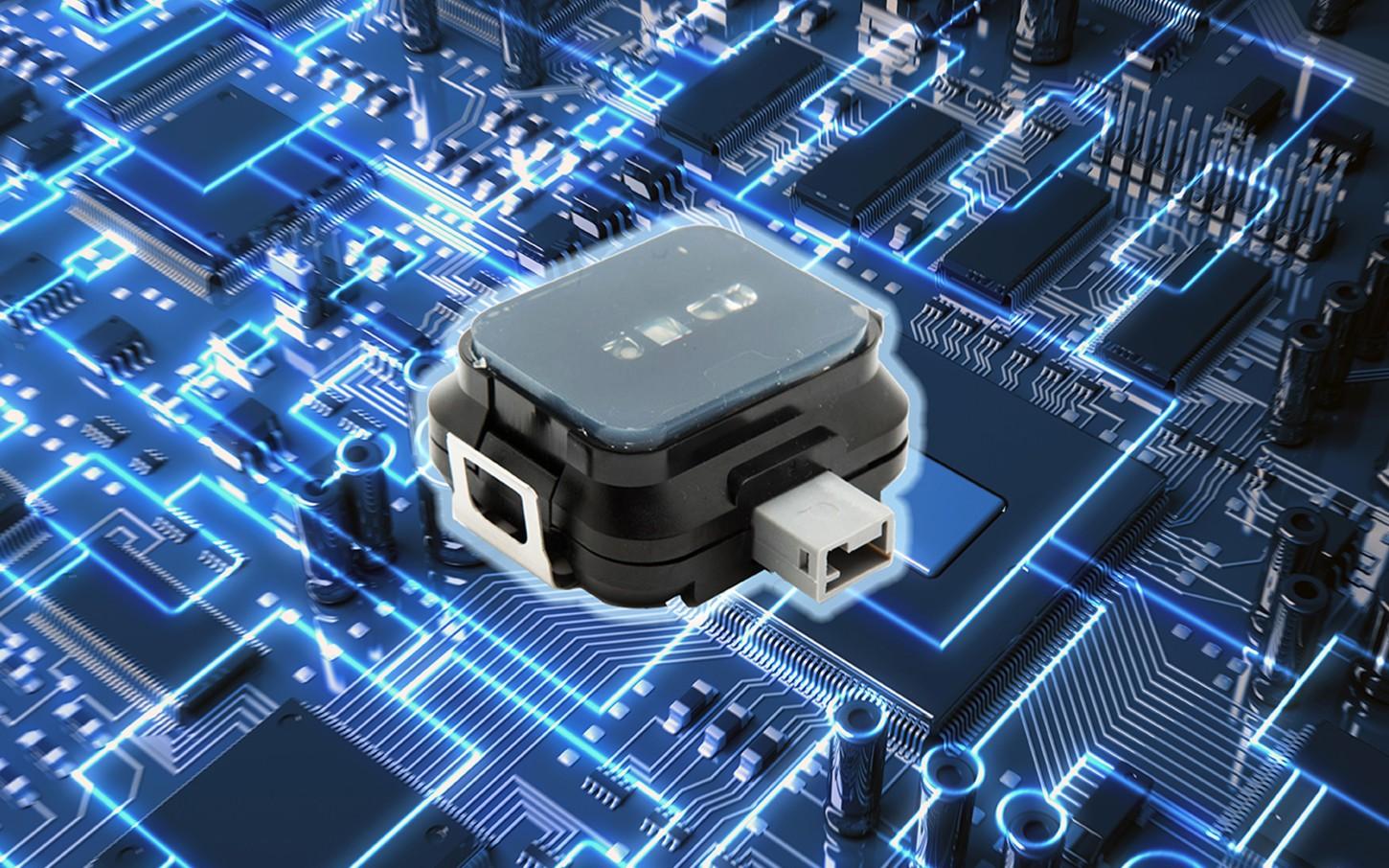Sensors have become ubiquitous in our daily lives but often go unnoticed. These tiny devices work behind the scenes to provide critical data that drive many modern conveniences. From fitness trackers to smart home devices to advanced manufacturing, sensors play a vital role in digital transformation.
Common Sensor Types
There are several main categories of sensors based on the type of input they detect:
– Temperature Sensors: Measures ambient or surface temperature and is critical for monitoring industrial processes, home thermostats, cooking appliances, and more.
– Motion Sensors: Detects movement or vibration using technologies like mechanical switches, ultrasonic detection, or radar. Common for security systems, automatic doors, fitness trackers, and industrial machinery.
– Image Sensors: Captures still images or video using technologies like CMOS or CCD. Found in security cameras, smartphones, drones, self-driving vehicles, and more.
– Pressure Sensors: Measures force or stress, typically applied as pressure. Used for weather prediction, structural monitoring, health care devices, and industrial process control.
– Chemical Sensors: Detects specific chemicals, gases, pollutants, or biological stimuli. Important for environmental monitoring, medical diagnostics, homeland security, and quality control.
– Location Sensors: Determines position using technologies like GPS, Wi-Fi, Bluetooth, and cell tower triangulation. Enables location-aware apps and navigation.
Impact on Consumers
Consumer electronics have entirely new sensing abilities that were previously limited to specialized industrial equipment. Fitness trackers use an array of Sensor to continuously monitor steps, heart rate, sleep patterns and more to promote healthy lifestyles. Smartphones are packed with cameras, accelerometers, gyroscopes, proximity sensors and more for multimedia, navigation, AR/VR applications and contactless payments. Home security and automation systems rely on various sensors to detect intruders, control lighting/temperature/appliances remotely and understand household occupancy patterns. Advanced robotic appliances like robotic vacuums use sensors for autonomy and obstacle avoidance. The consumer IoT revolution was built on miniature, low-cost sensing technologies.
Get more insights on Sensor
